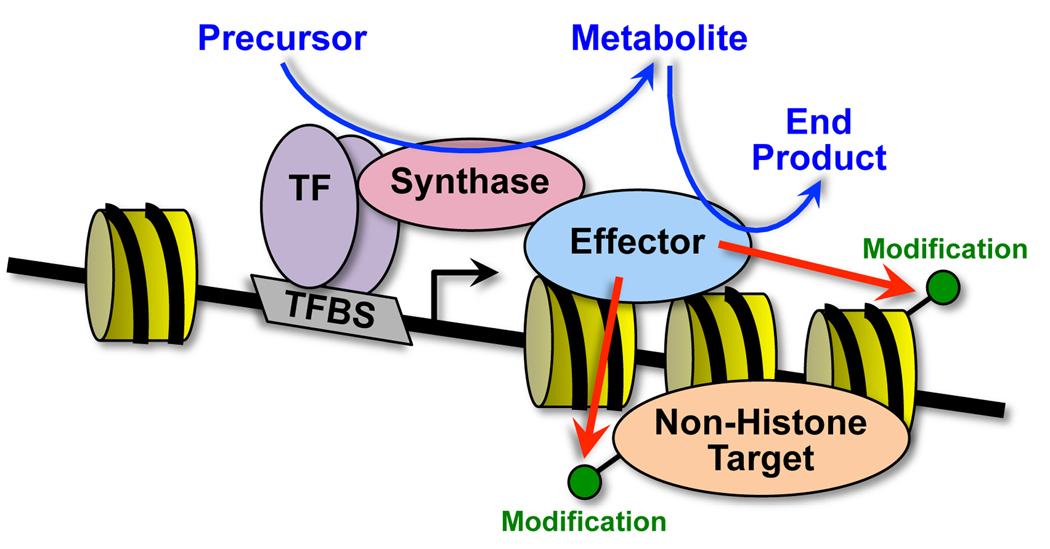Figure 1. Chromatin-localized biosynthesis of metabolites can provide chromatin- and transcription-modifying enzymes with the cofactors they need to catalyze their essential chemical reactions.
While bound to chromatin, metabolite producers (“synthases”; e.g., MATIIα) can synthesize small molecule cofactors (e.g., SAM) that are used by chromatin- and transcription-modifying enzymes (“effectors”; e.g., methyltransferases) to chemically modify histones and non-histone proteins to alter gene expression. The synthase may be recruited by a DNA-bound transcription factor (“TF”; e.g., MafK) or the effector. The specific examples noted here are from Katoh et al. (2011).

